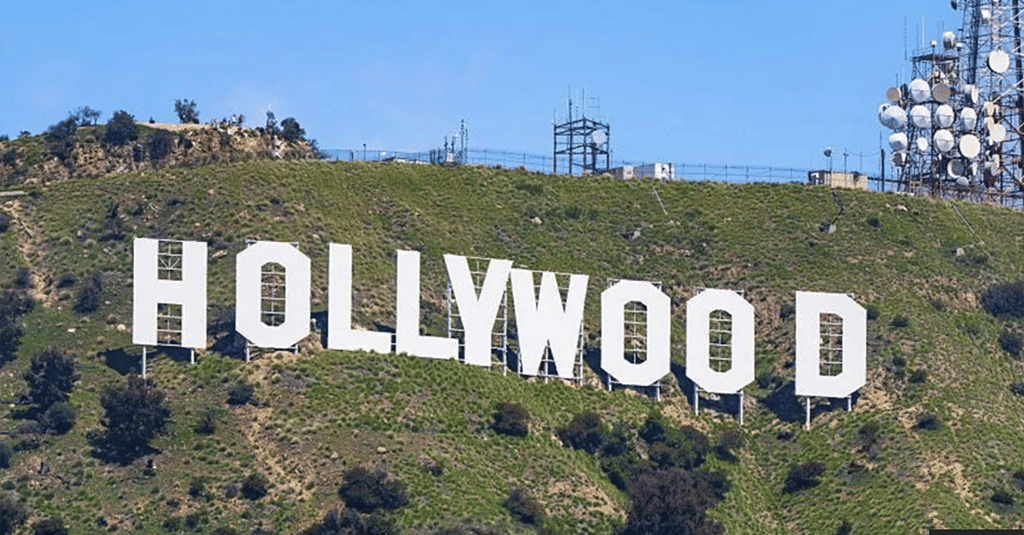Trump’s 100% Tariff on Foreign Films: Saving Hollywood or Dooming It?
5/4/20254 min read


Trump’s 100% Tariff on Foreign Films: Saving Hollywood or Dooming It?
Introduction: A Tariff That’s Shaking Hollywood
On May 4, 2025, former President Donald Trump dropped a bombshell on Truth Social: a 100% tariff on all foreign-made movies entering the U.S. Labeling the American movie industry as “DYING a very fast death,” Trump argued that foreign incentives are luring filmmakers away, posing a “national security threat” through “propaganda.” His solution? Force studios to make movies in America again by doubling the cost of importing foreign films. But is this bold move a lifeline for Hollywood—or a reckless gamble that could backfire? Let’s dive into the drama unfolding in the film world and what it means for movie lovers like us.
The State of Hollywood: Is It Really Dying?
Trump’s claim that Hollywood is on its last legs isn’t entirely baseless—but it’s exaggerated. According to The Guardian, filming in Los Angeles has hit a historic low, with California’s share of global production dropping to just 20%. FilmLA reports a 40% decline in LA film and TV production over the past decade. Box office numbers tell a grim story too: U.S. revenue in 2022 was $5.99 billion, a 47% drop from 2019’s $11.32 billion, largely due to the pandemic (Observer).
Yet, there’s a silver lining. Variety notes the 2025 box office is up 15.8% from 2024, showing signs of recovery. The U.S. film industry still employs nearly 3 million people and supports $242 billion in wages (Entertainment Partners). So, while Hollywood faces real challenges, it’s far from “dying.” Trump’s rhetoric might be more about political theater than industry reality.
Why Are Filmmakers Leaving the U.S.?
Trump’s right about one thing: foreign countries are rolling out the red carpet for filmmakers. The UK offers 25.5% to 40% tax credits, with blockbusters like Wicked and Gladiator II taking advantage (Entertainment Partners). Saudi Arabia and Thailand provide 40% and 25% incentives, respectively, while Mexico has attracted Netflix with a $1 billion investment for 20 annual projects (The Guardian). These deals make filming abroad cheaper and more appealing than staying in California, where production costs are high and incentives are less competitive. X user@bringtheblaine highlighted this trend, noting that even iconic films like Star Wars and Marvel’s Avengers: Doomsday are shot overseas at places like Pinewood Studios in England.
The Tariff Plan: A Double-Edged Sword
Trump’s 100% tariff aims to make foreign films so expensive that studios will have no choice but to produce in the U.S. On paper, it sounds like a patriotic push to revive American filmmaking. But the reality is messier.
The Cost Problem: X use@bringtheblaine pointed out a practical issue: how do you tariff a film shot partially overseas? Avengers: Doomsday, a $300 million production, films at Pinewood, will Disney face a tariff on the entire budget? This could double costs for studios, potentially crushing major players like Marvel.
Streaming Complications: As @ChidiNwatu noted on X, movies don’t cross borders physically anymore—they stream. How do you tariff a Netflix film shot in Spain but watched in the U.S.? This policy seems stuck in a pre-digital era.
Retaliation Risks: Experts like William Reinsch from the Center for Strategic and International Studies warn that countries like China—already limiting U.S. films—could retaliate, further shrinking Hollywood’s global market (Reuters). The U.S. runs a $300 billion trade surplus in services, including film exports, which could take a hit (Screen Daily).
Propaganda and Control: A Hidden Agenda?
Trump’s mention of “messaging and propaganda” as a national security threat has raised eyebrows. X user @KimberlySuth asked a chilling question: Is Trump trying to control what films can say? His history of criticizing media and appointing Hollywood veterans like Jon Voight and Sylvester Stallone to “revive” the industry (Reuters) suggests a desire to shape narratives. Historically, Hollywood has worked closely with the U.S. military to promote favorable war narratives (CBC Radio), so the idea of government influence isn’t new—but Trump’s approach feels more heavy-handed.
What’s at Stake for Movie Fans?
For us as viewers, this tariff could mean higher ticket prices and fewer international films. A trade war might also limit the diverse stories we get to see, as studios play it safe with domestic productions. On the flip side, a revitalized U.S. film industry could create more jobs and bring back the golden age of American cinema—if the plan works. But with global production already so interconnected, isolating the U.S. might do more harm than good.
Conclusion: A Blockbuster Debate
Trump’s 100% tariff on foreign films is a high-stakes gamble. It could force studios to rethink where they shoot, potentially boosting American production. But the risks—higher costs, international backlash, and even censorship concerns—loom large. Hollywood isn’t dying, but it’s at a crossroads. Will this tariff be its saving grace or its final cut?
Thought-Provoking Questions:
Do you think Trump’s tariff will bring filmmaking back to the U.S., or will it just make movies more expensive for fans?
Should the government have a say in what stories films tell, especially if they’re labeled as “propaganda”?
How important is it to you to see international films, and would you miss them if they became harder to access?
Let us know your thoughts in the comments—we’d love to hear your take on this cinematic showdown!
hello@boncopia.com
+13286036419
© 2025. All rights reserved.